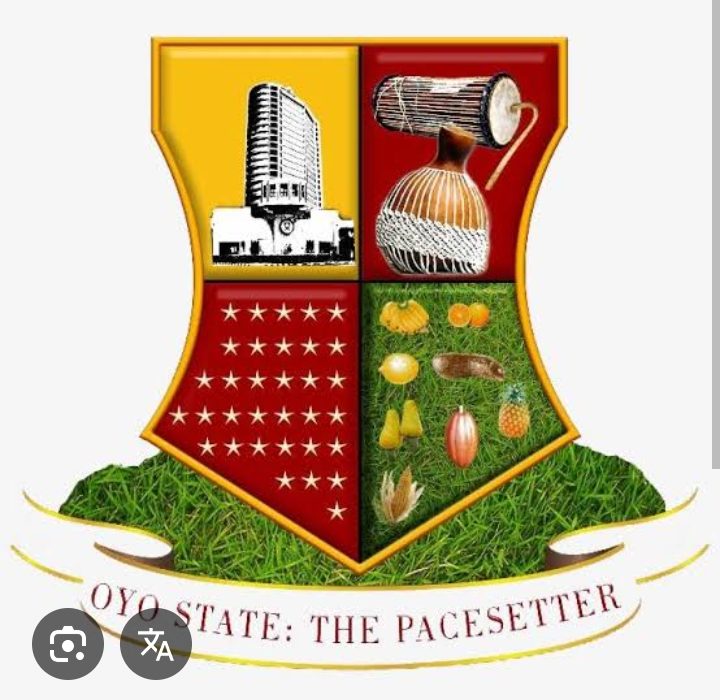In a renewed push to reduce the burden of malaria among children, the Oyo State Government has announced plans to administer preventive antimalarial medications to over 270,000 children aged between three and 59 months across six local government areas during the peak transmission season from May to September 2025.
The initiative, being implemented in collaboration with the Malaria Consortium, forms part of the Seasonal Malaria Chemoprevention (SMC) strategy targeted at communities within the Sahel belt. The designated local government areas for the intervention include Saki East, Saki West, Olorunsogo, Irepo, Surulere, and Ogbomoso North—zones identified for high malaria transmission during the rainy season.
Speaking at the quarterly Advocacy, Communication, and Social Mobilisation (ACSM) Core Group meeting held at the State Ministry of Health, the Oyo State Programme Manager of the Malaria Consortium, Dr. Taiwo Olarinde, said the campaign will kick off on May 29, 2025, and will span five monthly cycles. She explained that eligible children would receive doses of sulfadoxine/pyrimethamine and amodiaquine, administered under direct supervision to ensure proper compliance and effectiveness.
She clarified that only children who are not currently ill, not allergic to the medications, not taking other sulphur-containing drugs, and who have not recently received similar treatment within the past 28 days would qualify for the intervention. Community Drug Distributors will be deployed for door-to-door administration, working closely with caregivers during each phase of the programme.
Olarinde noted that since Oyo State began implementing the SMC initiative in 2022, there has been a marked decline in both malaria-related deaths and cases in the participating LGAs. She revealed that baseline figures showed malaria incidence in these areas ranged between 62 and 63 percent, but the rates have dropped significantly following the rollout of the intervention. According to recent data from February 2025, one of the participating LGAs now records a malaria prevalence rate as low as 39.6 percent.
She added that Oyo is among 21 states flagged for early commencement of the SMC initiative, following a Nigerian Meteorological Agency (NIMET) prediction indicating early rains in parts of the country, including Oyo, Kogi, and Nasarawa States.
In 2024, around 260,000 children were covered under the programme in the same six LGAs, with impressive coverage levels hitting 99.2 percent. Olarinde called for continued collaboration with local Ward Development Committees to sustain the gains of the programme, urging them to also promote the use of insecticide-treated mosquito nets and ensure that communities remain informed and engaged throughout the malaria season.
Also speaking at the event, the State Coordinator of the Civil Society on Malaria Control, Immunisation and Nutrition (ACOMIN), Mr. Segun Adio, underscored the importance of deliberate, targeted messaging to facilitate behavioural change in malaria prevention. He noted that many community members still lack sufficient access to relevant health information, and stressed that efforts must be consistent to yield long-term impact.
Meanwhile, the Malaria Elimination Programme Manager at the Oyo State Ministry of Health, Mrs. Foluke Adeyemo, said the quarterly ACSM Core Group meeting serves as a platform to review activities of partner organisations and plan effectively for upcoming campaigns, including the 2025 World Malaria Day. She emphasised the importance of education around early detection of symptoms, proper hygiene, and sleeping under mosquito nets as fundamental strategies in the state’s ongoing fight against malaria.
The Seasonal Malaria Chemoprevention campaign remains one of the most effective community-based efforts aimed at protecting vulnerable children from malaria, which remains a leading cause of morbidity and mortality across Nigeria.
